Construction Efficiency Analysis
In terms of construction period, the high-altitude assembly method requires the installation of each member and node sequentially at height, resulting in slow progress and an extended schedule. For example, in the installation of a small sports stadium’s space frame section, the high-altitude approach took several months to complete.
In contrast, the integral sliding method allows for on-ground preassembly of the space truss structure, which can proceed simultaneously with other construction activities. The sliding operation itself is rapid, significantly shortening the overall timeline. In a large exhibition center, the adoption of the sliding method drastically reduced the net construction period compared to traditional methods.
When it comes to work continuity, high-altitude assembly is vulnerable to disruptions caused by weather or labor fatigue. Adverse conditions such as strong winds or heavy rain can force temporary suspension of high-altitude work, leading to inconsistency. The sliding method, primarily conducted at ground level, is less weather-dependent and ensures smoother continuity, as the sliding process is completed in a relatively short time frame.
Quality Control Comparison
In terms of assembly accuracy, high-altitude construction is more prone to error due to limited access and difficulty in measurement at height, which may lead to cumulative deviations. The integral sliding method, on the other hand, enables precise measurement and control on the ground. Instruments can be laid out accurately, allowing operators to assemble and inspect efficiently. For example, in a large sports stadium, the connections in the space truss structure achieved higher precision than initially required, thanks to ground-level assembly.
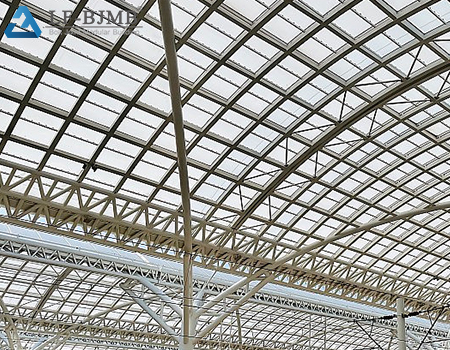
Regarding structural stability, the high-altitude method constructs the structure gradually, and in its early phases, the system lacks self-supporting stability, requiring additional temporary supports. In contrast, with the sliding method, the structure is assembled in full before being moved into place. This results in improved overall stability, reducing the likelihood of deformation or collapse during installation.
Safety Risk Assessment
High-altitude assembly exposes workers to significant risks such as falls or being struck by falling objects. Even with safety harnesses and nets, these risks remain high. In contrast, the integral sliding method significantly minimizes such hazards by reducing the amount of work done at height.
However, during the sliding operation, poor synchronization or mechanical failure could lead to serious issues such as structural deviation or tipping. Hence, attention must be given to the quality of sliding equipment and the precision of the operation. Effective real-time monitoring and strict process control are essential to managing these specific risks.
Case Studies: Demonstrating Real-World Applications
High-Altitude Assembly
In a major stadium project involving a complex space frame section and irregular internal layout, the surrounding dense construction and limited site area made it impossible to deploy large lifting equipment. After thorough evaluation, the project team opted for the high-altitude method.
To ensure precision, high-accuracy total stations were used to monitor and adjust each component’s position in real time. For safety, extensive protective systems were set up, and strict safety protocols—such as daily briefings and inspections—were enforced. Through careful planning and robust quality control, the project achieved both structural stability and safety, laying a strong foundation for long-term venue operation.
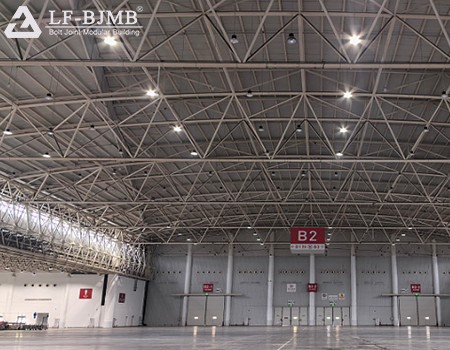
Integral Sliding Application
In the Nanchang East Railway Station project, the triple-arch roof steel structure weighed 2,400 tons. The original plan involved erecting temporary supports above the completed elevated waiting hall to assemble the roof, but this posed high difficulty and safety risks due to overlapping work zones.
After multiple evaluations, the team adopted a horizontal sliding approach. The steel structure was preassembled on a platform outside the main site and then slid into place on tracks laid atop the station’s elevated floor. This greatly reduced the danger of concurrent operations and created early access for follow-up tasks like roof panel installation. Ultimately, the approach improved efficiency, helped meet critical project milestones, and marked the first such application of synchronous sliding for railway station roofs in China—offering valuable insights for future airport, hangar, and space truss structure projects.
Future Outlook: Innovation in Installation Techniques
With the acceleration of construction technology, the installation of space frame and space truss structures is evolving rapidly. In high-altitude assembly, robotic systems are expected to assist in member positioning, enhancing both safety and precision. Meanwhile, lighter and stronger temporary support materials will help reduce costs and logistical constraints.
For the integral sliding method, innovations in sensors and smart control systems will ensure smoother, safer sliding. Real-time monitoring of stress, deformation, and force distribution can enable dynamic adjustments to sliding speed and alignment, preventing mechanical failures and structural distortion.
Sustainability is also a growing focus. Future installation systems will emphasize reusable equipment, streamlined workflows, and reduced energy consumption. The development of eco-friendly materials and modular components will further minimize waste and environmental impact.



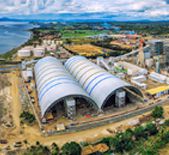
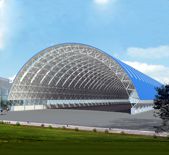
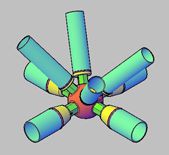
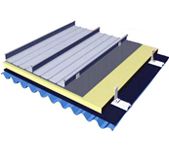




 About Us
About Us 2025-06-23
2025-06-23


